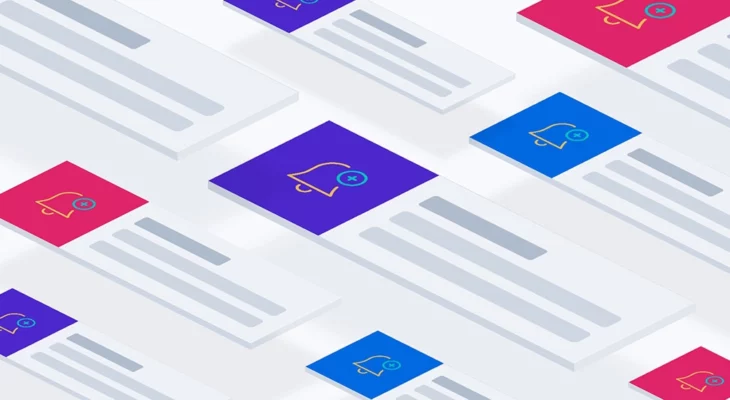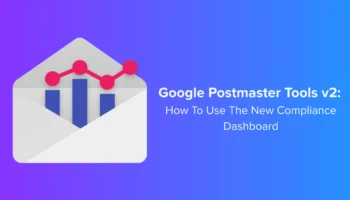Browser push notifications are tiny pop-up messages that people receive on browsers, either on mobile or desktop computers. These push notifications are sent to a user who is subscribed to a particular website. Customers can engage with a business via the notifications even if they are not currently on their website.
Browser push notifications continue to play a huge role in communication and engagement with customers for online businesses. 42 percent of internet time is still spent on desktop computers, even in spite of the growth of mobile and apps. Browser push notifications also cover desktops, meaning they still have a huge advantage over apps. A multi-channel marketing campaign, combined with powerful AI, can be very strong and agile.



